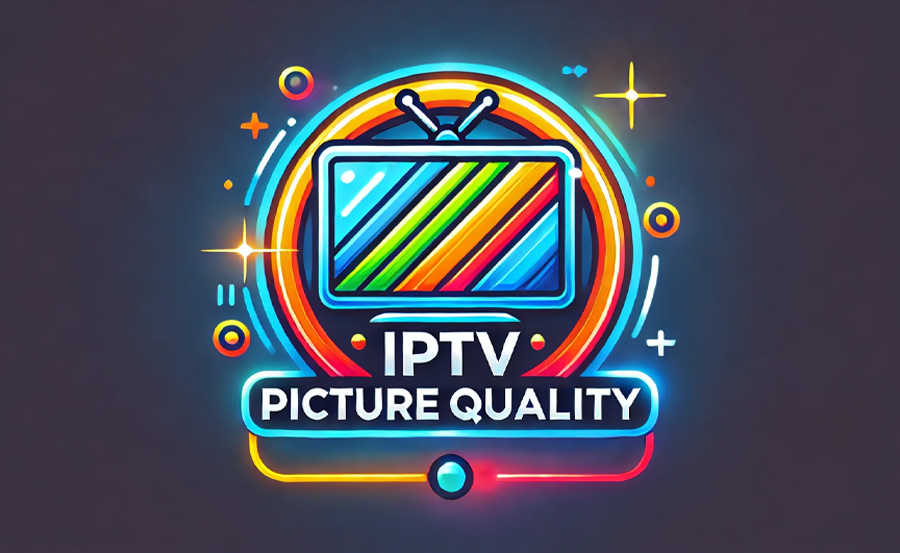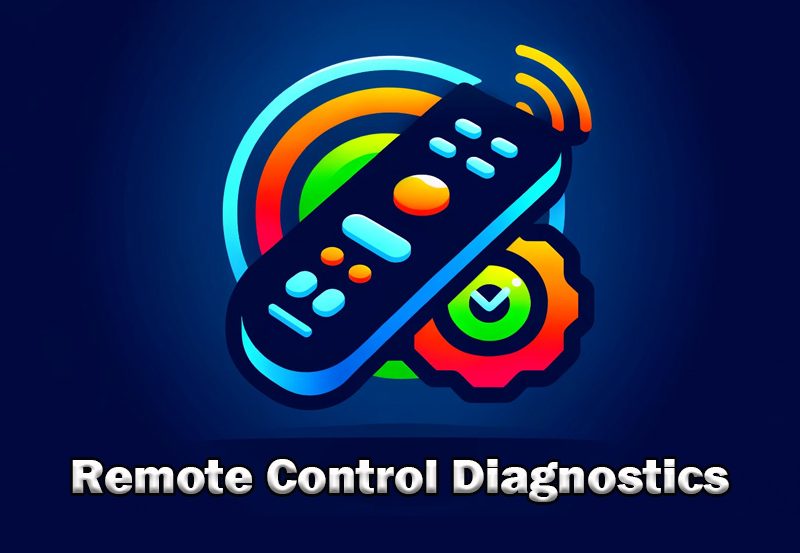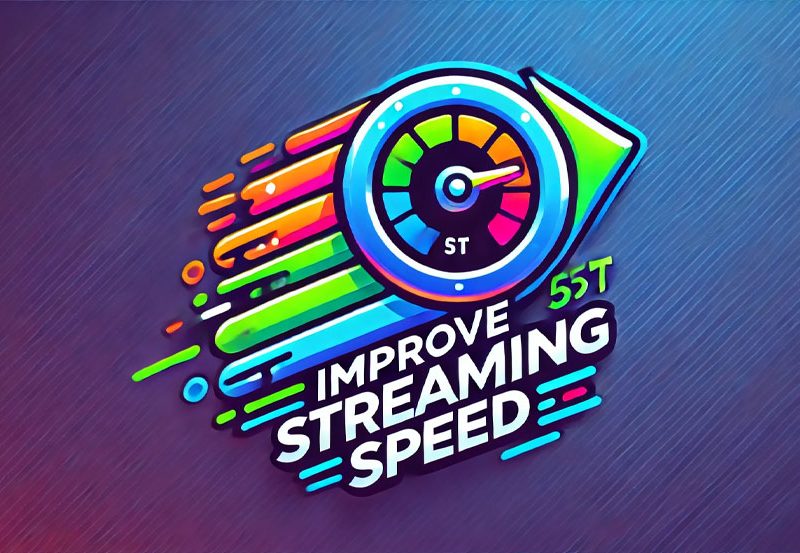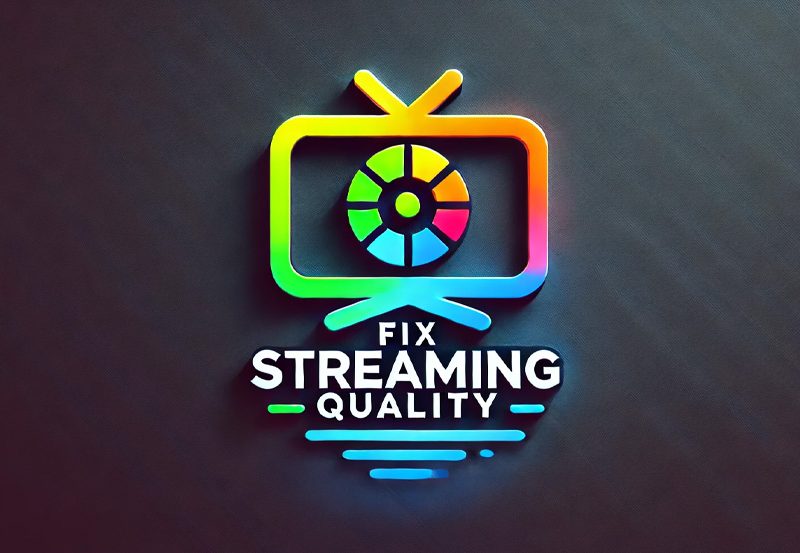IPTV is a powerful way to access a wide range of entertainment, from live TV to movies on demand, but sometimes users may face picture quality issues that interfere with their viewing experience. Picture problems such as buffering, pixelation, or freezing can frustrate even the most patient viewer. Understanding how to diagnose and fix these issues can make your IPTV experience smooth and enjoyable. In this article, we’ll explore the common causes of IPTV picture quality problems and offer practical solutions to resolve them.
Buy 6 Months IPTV for Endless Entertainment
1. Assess Your Internet Speed and Stability
One of the most common culprits for IPTV picture quality problems is an unstable or slow internet connection. IPTV streams require a consistent flow of data, and if your internet speed is insufficient, it can lead to buffering, stuttering, or reduced video resolution. To diagnose this issue, perform an internet speed test. A stable speed of at least 10 Mbps is recommended for standard definition, while high-definition content may require 25 Mbps or more.
If your speed test shows insufficient speed, try the following:
- Restart your router: Rebooting your router can resolve temporary connectivity issues.
- Reduce network load: Ensure other devices in your home are not consuming excessive bandwidth, especially during streaming.
- Switch to Ethernet: If possible, use a wired Ethernet connection instead of Wi-Fi. Ethernet provides a more stable connection, reducing the chances of packet loss or interference.
2. Optimize Your IPTV Device
Your IPTV set-top box or streaming device plays a crucial role in maintaining a good viewing experience. Outdated hardware or software issues can negatively affect picture quality. To diagnose and fix device-related problems:
- Update your device firmware: Make sure your IPTV device is running the latest firmware. Manufacturers often release updates that improve performance and fix bugs.
- Close background applications: Running multiple apps can overload your device’s processor and memory, causing video quality issues. Close any unnecessary applications.
- Check for overheating: Overheating can impact device performance. Ensure your IPTV device is well-ventilated and not overheating during use.
3. Adjust Streaming Settings
The quality settings of your IPTV stream may need adjustment to better match your internet connection and device capabilities. Most IPTV apps offer customizable streaming settings:
- Lower the resolution: If you experience constant buffering, consider reducing the video resolution from 4K to 1080p or 720p. Lowering the resolution will reduce the bandwidth requirement.
- Change the video codec: Some IPTV apps allow you to switch between video codecs, such as H.264 and H.265. H.265 is more efficient but may require more processing power. If your device struggles, switching to H.264 might help.
- Adjust buffering settings: Increasing the buffer size in the app settings can help prevent interruptions, though it may introduce a slight delay before playback starts.
4. Check for Network Congestion
Network congestion, either within your home or from your ISP, can contribute to IPTV picture quality issues. Congestion occurs when there is high demand on the network, particularly during peak hours.
- Schedule off-peak viewing: Watching content during non-peak hours can reduce buffering and improve quality.How to Diagnose and Fix IPTV Picture Quality Problems
- Use a VPN: In some cases, ISPs throttle streaming traffic, resulting in poor picture quality. Using a VPN can bypass these restrictions, providing a more consistent connection.
- Upgrade your internet plan: If you consistently experience slow speeds, consider upgrading to a higher bandwidth plan with your ISP.
5. Inspect IPTV Server Performance
The quality of the IPTV service also depends on the performance of the server delivering the content. If the server is overloaded or poorly maintained, users may experience buffering or poor picture quality regardless of their internet connection.
- Test multiple channels: If only certain channels experience quality issues, the problem may lie with the server hosting those particular streams. Contact your IPTV provider to report these problems.
- Switch servers: Some IPTV providers offer multiple servers or CDN (Content Delivery Network) options. Switching to a different server may improve performance.
6. Minimize Interference and Optimize Wi-Fi
If you use Wi-Fi to connect your IPTV device, wireless interference could be affecting your connection stability and picture quality.
- Reduce interference: Keep your Wi-Fi router away from other electronics that can cause interference, such as microwaves or Bluetooth devices.
- Use the 5 GHz band: If your router supports it, switch to the 5 GHz band for streaming. It is less congested than the 2.4 GHz band and offers higher speeds, though with a shorter range.
- Reposition your router: Place your router in an open area, ideally close to your IPTV device, to maximize signal strength.
7. Verify IPTV App and Account Settings
Sometimes, the settings within the IPTV app or your account can impact picture quality.
- Ensure you are logged in properly: Some IPTV services reduce quality for unverified accounts. Make sure you’re logged in with your correct credentials.
- Check for app updates: Make sure the IPTV app is updated to the latest version. Updates often include performance improvements and bug fixes.
8. Consider Hardware Upgrades
If you continue to face picture quality issues, it may be time to consider upgrading your hardware.
- Upgrade your router: An outdated router may not be capable of handling the bandwidth needed for smooth IPTV streaming. A newer router with improved capabilities could make a big difference.
- Upgrade your IPTV device: Older set-top boxes may struggle with modern streaming demands. Consider upgrading to a more powerful device that can handle HD or 4K streams.
IPTV picture quality issues can be frustrating, but they are usually solvable with the right approach. By diagnosing potential causes such as internet speed, device performance, and network congestion, and applying practical solutions like optimizing settings, reducing interference, or upgrading hardware, you can enjoy a seamless viewing experience. Remember, IPTV relies on both a good internet connection and capable hardware, so ensuring both are optimized is key to a flawless picture quality experience.
What People Are Saying About IPTV Smarter





